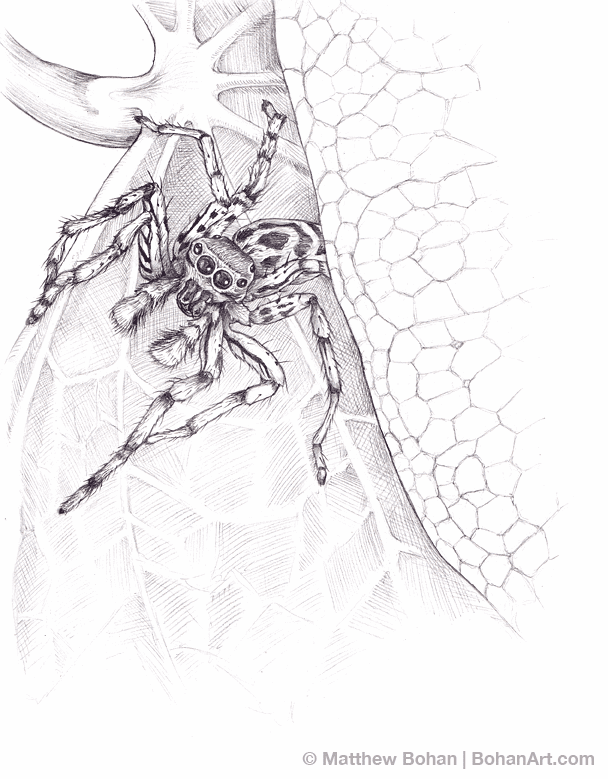
As you can tell from the content, I intended to post this a few weeks ago, but my spare time was spent birding…
Yes! I love spring. I always get excited by the reappearance of plants and animals that didn’t attempt to tough out a Michigan winter. April is always full of promise. Birds that we won’t even get excited over in a few weeks, like Turkey Vultures, White-throated Sparrows and Song Sparrows, are reason for celebration in our house and are noted on the calendar. I’m always impressed with how close they are to arriving “on schedule” each year, often within a day or two of the previous year.
While were still awaiting our first warblers, we had the treat of the mating flight of the woodcocks, or “timberdoodles” as we like to call them, to enjoy while we awaited the “main attraction” of songbird migration. Getting to see the early birds moving through, like Hermit Thrush, just gets us more revved up.
In addition to the birds, I really love seeing the other animals “come back to life.” Seeing the first snakes, turtles, frogs and toads always puts me in a good mood. Opening up the windows at night to hear Spring Peepers in the nearby woods is about as good as it gets. The quack-like call of Wood Frogs is a classic sound of early spring. Mourning Cloak and Tortoise Shell butterflies are the first lepidoptera we usually encounter, although at night while listenning for the woodcocks I’ll often see numerous tiny moths that I can’t identify.
Our kids, knowing my fascination with jumping spiders, seemed to have a competition to see who would find the first one this spring. Soon we’ll have plenty of these great guys to enjoy when the hot weather comes in.
This sketch is of a male Dimorphic Jumper, Maevia inclemens, which is a fairly common jumping spider. This species displays a very rare phenomenon in zoology. While the females all appear the same, the males come in two distinct “flavors”: dark and light. I seem to always get cooperative light morphs to photograph. Maybe this summer I’ll have some luck with the dark morphs. The dark morph has a solid black body and pedipals, while the grey morph has zebra stripes and orange-yellow pedipals. You’d assume they were completely different species.
Now for the interesting part: the two morphs use different courting displays to attract females. With most jumping spiders the males have an elaborate series of highly specific dance-like moves that they use to attract a mate. The elaborate choreography ensures that the female will allow the potential “husband” to approach without being pounced on and devoured. It isn’t uncommon for some species of jumping spiders to eat each other. This dance sort of acts like the IFF (Identify Friend or Foe) signal on military aircraft. If you send off the wrong signal to a highly efficient predator like a jumping spider, then you are probably going to die a fast but rather gruesome death in a few seconds.
Somehow the females have adapted to be accepting of both types of body morphs AND courtship displays. Not only do the two morphs use different dances to attract the same females, but research shows that each type is equally successful, with males being split 50-50 across the two morphs. I guess the females don’t play favorites. They are amazing little beasts!

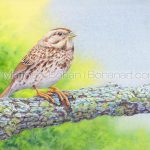
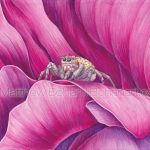
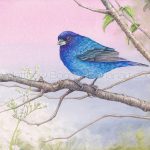
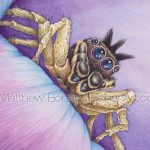
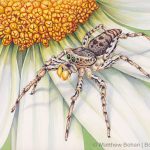
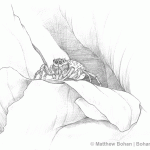
Leave a Reply